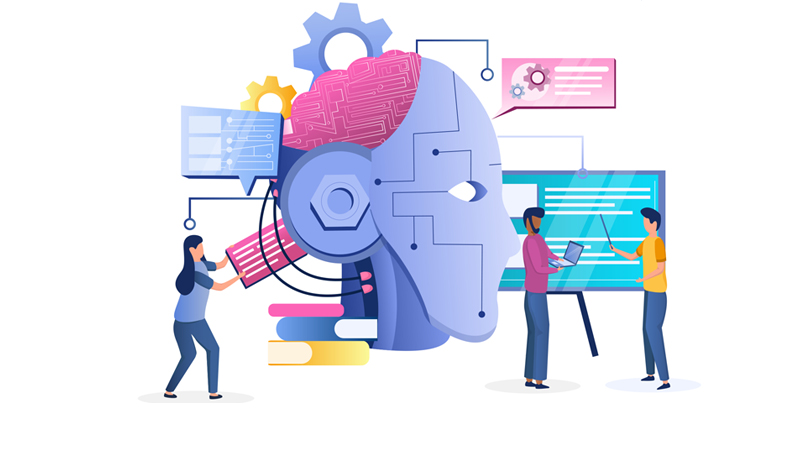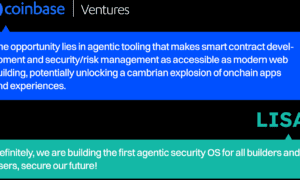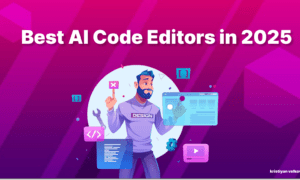Whether running ads for a local business or managing campaigns for a global brand, one thing is sure: you’re sitting on more data than ever before. Every interaction tells you something: clicks, conversions, page views, scrolls, demographics, and even time of day.
But are you really using it? With the right tools, this information doesn’t just sit in a dashboard—it shapes your next move. That’s where data analytics comes in.
You’re no longer just testing one image versus another. You’re feeding an algorithm real-time signals about your audience’s preferences, behaviors, and intent. Data analytics gives structure to all that chaos. And when paired with the evolving world of AI-driven tools, your campaigns adapt, shift, and learn.
You Don’t Need to Guess Anymore
Gone are the days of relying purely on intuition. Sure, your gut matters. But now, you’ve got numbers to back it up—or prove it wrong. Want to know which message lands better with 22-year-old students at midnight versus early-morning professionals?
You can track it. Want to launch five different ad sets with different creative angles and have the best one rise to the top automatically? That’s AI-driven dynamic advertising, and it’s driven by the data you collect.
Data analytics can also help redirect your budget, re-target a specific group, or pause an underperforming creative. You’re no longer stuck with “set it and forget it” campaigns. You get to interact with your advertising in real-time.
You Can Talk to Every Customer Differently
Think about this: you’re browsing online, and suddenly an ad pops up that feels like it’s speaking directly to you. It’s tuned to your actual habits, values, or needs. That’s the magic of AI-driven dynamic advertising. It adapts your message to different users at scale.
But this doesn’t happen without deep analytics behind the scenes.
By using user-level data—purchase history, website behavior, social interactions—you can personalize messaging at levels that were impossible a few years ago. And yes, AI helps you automate the delivery, but it’s the analytics that define the “who,” “what,” and “when.”
Without clean, structured, well-understood data, AI can’t do much. But with it? You can target, test, tweak, and deliver like never before.
You’re the Architect of Continuous Learning
Here’s a secret: the best advertisers are patient learners. You can access feedback loops that constantly tell you what’s working and what’s not. The beauty of combining analytics with AI is that it never stops learning. Every campaign you run becomes smarter than the last.
By examining attribution reports, conversion paths, engagement heatmaps, and segment breakdowns, you can find patterns that no creative brainstorm ever would. Then, those patterns can be turned into actions.
AI systems then automatically apply learnings, adjusting your messaging, audience groups, and placements.
But here’s the key: it all starts with your data. Garbage in, garbage out. If your analytics aren’t structured or reliable, your AI tools will make bad decisions faster. That’s why your role in overseeing and refining data inputs is more crucial than ever.
You Can’t Automate Accountability
As powerful as AI and analytics are, you’re still in charge. Algorithms don’t know your brand voice. They don’t understand the nuance of your customers’ values. They’re tools—and it’s up to you to set them up right. You must decide what matters most: reach, relevance, cost, or engagement.
When things go wrong, you’ll need to investigate. Analytics helps you understand whether it was a targeting issue, a weak creative, or an AI misstep. That’s why being literate in data matters. You don’t have to become a data scientist. But you do need to be data-curious.
Data analytics can fuel the algorithms behind AI-driven dynamic advertising and give you a deeper understanding of your audience than ever before.
By combining thoughtful strategy with intelligent analytics, you unlock advertising that responds, adapts, and grows alongside your audience. And while the tools may change, your role stays central.





























